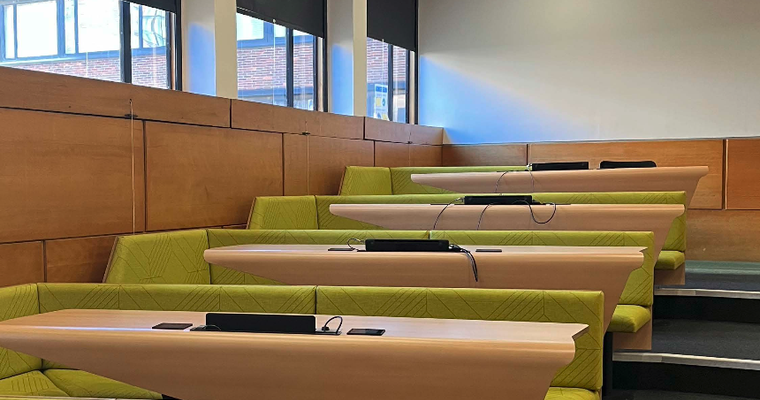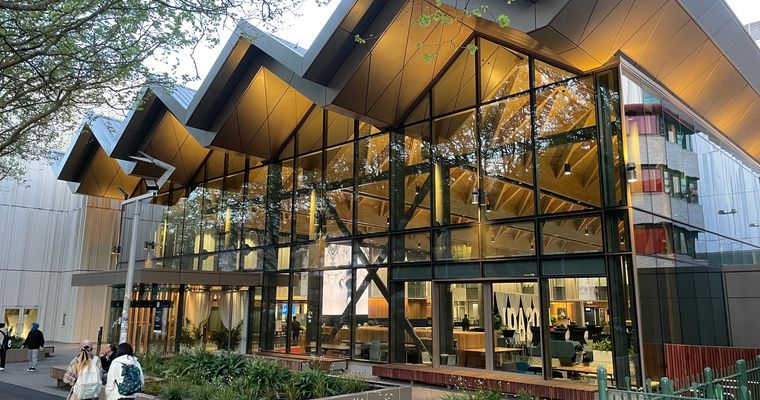Libraries students love
Research
The library of the School of Oriental and African Studies (SOAS) in London, housed in a listed brutalist concrete building (1972), is one such library. The rows of study carrels within which you can hear a pin drop in the awe-inspiring reading room are overlooked by three vast levels of book stacks. Just across the road, the University of London’s library inside the monumental art deco Senate House (1937) shares the same dilemma - iconic and protected architecture that no longer matches the perceived needs of modern library users. Senate
The ongoing push in libraries worldwide to at least partly replace collections with digital assets is logical, inevitable, and in some cases, practically complete. But for various reasons, neither of these libraries (and countless others) can easily remove all their books as the T.L.Robertson Library at Curtin University in Australia has done recently. But nor, necessarily, should they because books serve various purposes beyond holding information. Many students — even the new generation of digital natives — still strongly associate books with a library environment, and see book stacks as useful for a variety of reasons:
- Way finding devices - to divide spaces into visible movement, study and talking zones
- Discovery - where browsers happen upon unexpected or new books that may be otherwise hidden in digital databases
- Ambience - “it’s nice with a lot of books!”
But perhaps most significantly, our research shows that book stacks provide the behavioural cue to encourage people to be quiet. In response to the surge in informal learning spaces in new libraries, there is a noticeable backlash to the social library concept. Students repeatedly tell us there are not enough quiet spaces on campus to study alone. The demand for study space (both quiet and social) is relentless, often at the expense of book collections. But a study hall supported by a digital portal is not always what students want, and a noisy library full of students meeting up to play video games and drink coffee isn’t either. They want a library: a place with a variety of spaces and services to access information, charge their device and get on with their studies quietly - a space to feel comfortable and supported to learn.
After a sustained period of investment in libraries that enable collaborative and informal learning, our research shows that quiet study space is increasingly in demand. New student hubs have tipped the balance toward social learning, which has its place, but not for everyone, and not all the time. A solution to this difficult balancing act is emerging, which might prove useful for universities with legacy buildings that don’t’ lend themselves to radical reinvention. It’s time to distribute social study space more evenly across the campus in faculty buildings and leave the libraries for quiet study.



